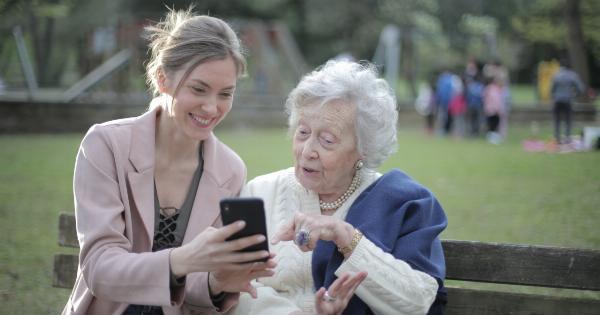Love takes several forms and expressions, from romantic to familial and platonic. Exploring the different ways that people show and receive love is integral in cultivating fulfilling relationships. Dr.
Gary Chapman, a renowned author, and marriage therapist recognized that people have different love languages. Understanding the five love languages that speak to your heart is critical when expressing and receiving love.
Words of Affirmation as a Love Language
People whose primary love language is words of affirmation feel loved and appreciated when they hear verbal affirmations of affection. Such people love it when their loved ones say kind and encouraging things to them.
Verbal compliments, words of encouragement, and expressing admiration are all forms of words of affirmation. Simple gestures such as saying ‘thank you’ and showing appreciation can fill up the love tanks of such individuals.
Quality Time as a Love Language
Quality time as a love language involves spending time with one’s partner without any distractions. People whose love language is quality time crave undivided attention from their partners.
For them, love equals time, and they feel most fulfilled when they are engaged in one-on-one interactions with their loved ones. Engaging in enjoyable activities such as playing games, watching movies, or going out on dates are some of the ways that individuals can speak the love language of quality time.
Acts of Service as a Love Language
Acts of service as a love language resonate most with individuals who value “doing” more than “saying.” Performing tasks such as cooking, folding laundry, or cleaning the house for a loved one who is overwhelmed with responsibilities, can evoke feelings of love in individuals whose love language is acts of service. The acts of service provide more value than words of affirmation.
Receiving Gifts as a Love Language
Receiving gifts as a love language is not an affirmation of materialism but an indication that the recipient appreciates thoughtful gifts from their loved ones.
The act of giving recharges the ‘love tank’ of individuals whose love language is receiving gifts. The value of the gift is not in the material item, but in the thoughtfulness and effort that the giver puts into it.
Physical Touch as a Love Language
Physical touch as a love language is all about the power of touch, and it’s how one can convey love and affection.
Holding hands, hugging, kissing, and sitting closely together can be an expression of love for those whose love language is physical touch. Embracing a person can make them feel appreciated and valued. Physical touch is a powerful way to convey emotions and an expression of affection for those who speak this love language.
How to Discover Your Love Languages
Discovering your love language is an essential step towards cultivating fulfilling relationships. Here are some tips to help you identify your love languages:.
- Observe how you express love to others. The way you show love can provide insight into your primary love language.
- Take note of what makes you feel happy and fulfilled in your relationships.
- Think about the types of behavior that hurt you in your relationships.
- Reflect on the things that you have requested from your partner in the past.
- Read more about the different love languages and take the test available online.
Cultivating Deeper Relationships
Knowing your primary love language and that of your partner can help foster deeper connections and intimacy in your relationships. It enables you to provide your loved ones with the emotional support they need, leading to more fulfilling relationships.
Conclusion
Love is the foundation of meaningful and fulfilling relationships. However, the way we express and receive love varies from one individual to another.
Understanding the five love languages is an integral step towards creating deeper connections and better relationships with our loved ones, regardless of the relationship’s nature.





























